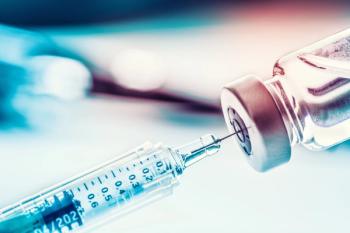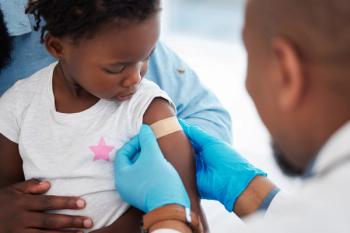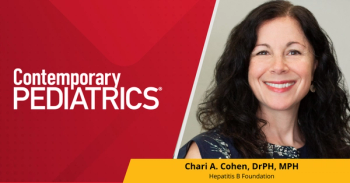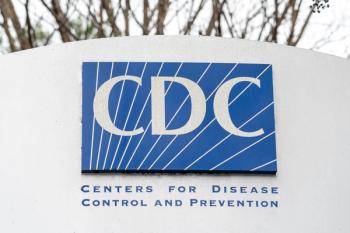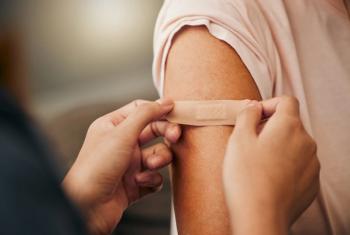
AAP offers guidance for COVID-19 vaccines
The American Academy of Pediatrics (AAP) has issued initial guidance for COVID-19 vaccination in pediatrics.
The news of the US Food and Drug Administration’s (FDA) emergency use authorization of 2 effective vaccines against coronavirus disease 2019 (COVID-19) was a positive note to end a difficult year for many. However, it was also bittersweet for pediatric providers because most of the pediatric population currently can’t receive either vaccine. The American Academy of Pediatrics has issued
The guidance opens with an emphasis on the safety of both available vaccines. It notes that the vaccines were developed using existing science and that both had gone through a long-standing transparent and rigorous process. In addition to the FDA authorization, the vaccines are recommended by the Centers for Disease Control and Prevention’s Advisory Committee on Immunization Practices. As of February 2, 2021, the Pfizer/BioNTech is authorized for use in persons aged 16 years and older. The Moderna is authorized for use in persons aged 18 years and older.
The American Academy of Pediatrics recommends that everyone aged 16 years or older who meets the criteria for a vaccination group receive the COVID-19 vaccine. It’s recommended that the vaccine be administered in the medical home, when possible. If that is not possible, the child’s medical home should be made aware of the vaccination in a timely fashion. COVID-19 documentation should be facilitated using state immunization information systems and registries. The guidance also said that the vaccine should not be withheld from any individual who chooses to get the vaccine and meets criteria for a priority group, even teenagers who are pregnant or breastfeeding.
The guidance also notes that pediatricians are particularly well-placed to deliver vaccines because of the large number of vaccines given to each child. In some cases or communities, this expertise may be needed to help administer the vaccine to people who are older than a provider’s typical patients. The potential expanded role could be particularly important in getting the caregivers and other close contacts of children vaccinated. The American Academy of Pediatrics urges the allocation of necessary resources to pediatric practices that are willing to serve as COVID-19 vaccination sites for the general public.
The American Academy of Pediatrics concluded the document with a call to begin studying children aged younger than 12 years. It also urges that the populations studied should be as diverse in racial, ethnic, and cultural groups as possible, and should be sure to include the groups that have been affected disproportionately by the pandemic.
Reference
1. American Academy of Pediatrics. Interim guidance for COVID-19 vaccination in children and adolescents.
Newsletter
Access practical, evidence-based guidance to support better care for our youngest patients. Join our email list for the latest clinical updates.

